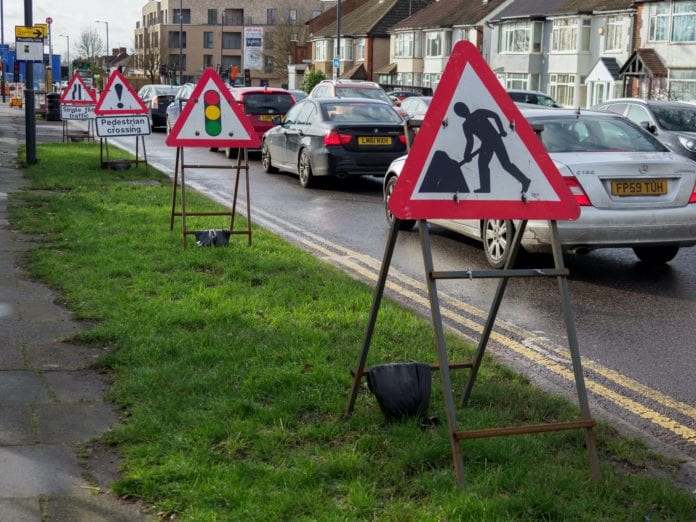The hazard perception test is part of the theory test. It pays to get in some hazard perception test practice if you want to pass the first time.
Before the test starts, you’ll watch a short video explaining how it works. You’ll then watch 14 video clips of everyday driving scenes, and you’ll need to spot hazards as they appear. You click on a mouse when a hazard develops and you would need to take action if you were really driving. Up to five points are up for grabs with each hazard, depending on how soon you spot it. You need to score at least 44 out of 75 to pass.
Here are our tips for improving your hazard perception…
Think about it whenever you drive
Don’t treat hazard perception as something that’s separate to the rest of your learning. Yes, you’re going to take the test on a computer, but you’ll learn more quickly if you practise spotting hazards every time you drive. The goal is to spot danger and stay safe on the road, not just to pass a test.
Talk out loud
The most advanced police drivers are taught to give a running commentary as they drive. Talking about hazards while driving forces you to concentrate on potential dangers, rather than running on autopilot. Saying out loud what you see – and how you are going to respond – makes sure the brain is fully engaged with driving and helps you learn to process lots of information at once. If you are giving a commentary as you drive there’s no mental capacity left to wonder what’s for dinner or where you should go out on Friday night…
Practice makes perfect
Well, maybe not perfect but good enough to pass the theory test. Watch lots of hazard perception test practice videos before you tackle the real thing. That way you’ll know what to expect and will be able to sharpen your skills. There are loads of them online and they’re often free, such as the ones on the Safe Driving for Life website.
Understand the difference between a static and developing hazard
Broadly speaking, there are two kinds of hazards. ‘Static’ hazards are things like roundabouts, traffic lights, and junctions. You need to deal with them on every journey, but a roundabout isn’t going to suddenly jump out at you from behind a parked car. ‘Developing’ hazards are mobile and tougher to predict. Such hazards include a car pulling out in front of you, a child running into the street, or a cyclist getting ready to turn right. The sooner you spot a developing hazard, the sooner you can respond. Think about it this way – if you see a football roll into the road in front of you, it’s better to slow down straight away rather than wait for a kid to follow it.
Remember there can be more than one hazard
Every video in the hazard perception test shows at least one hazard. But just to keep you on your toes, one of the 14 videos has two hazards. So, don’t switch off after you have spotted the first hazard. There could be another one at any moment.


